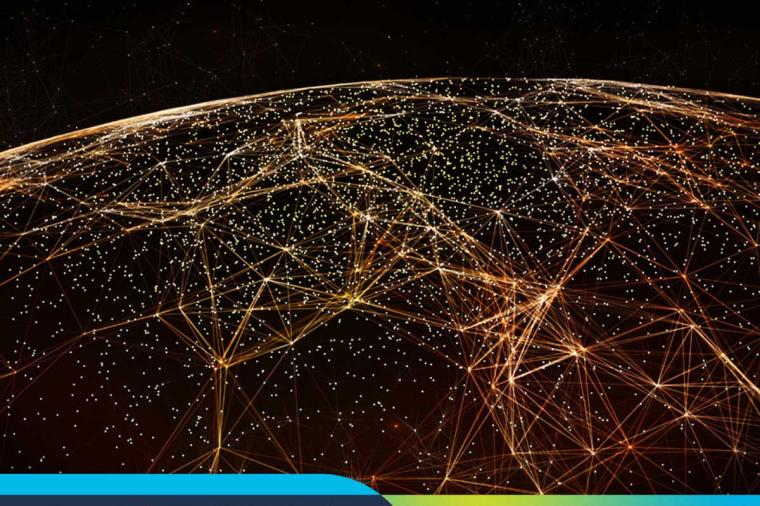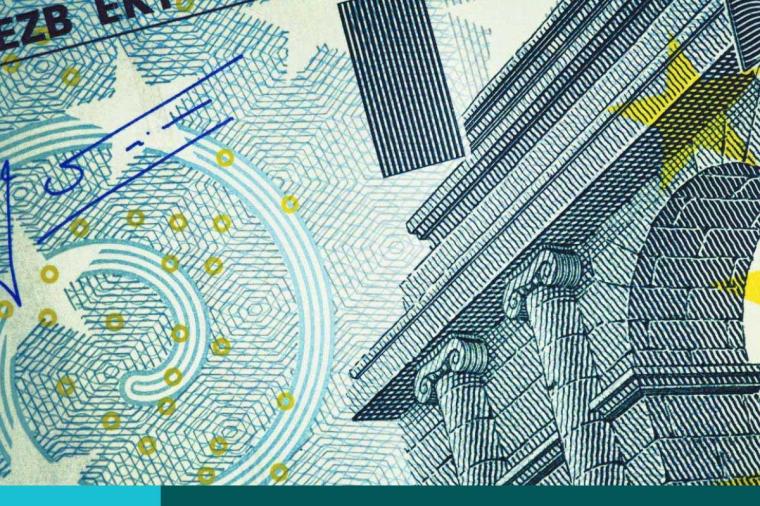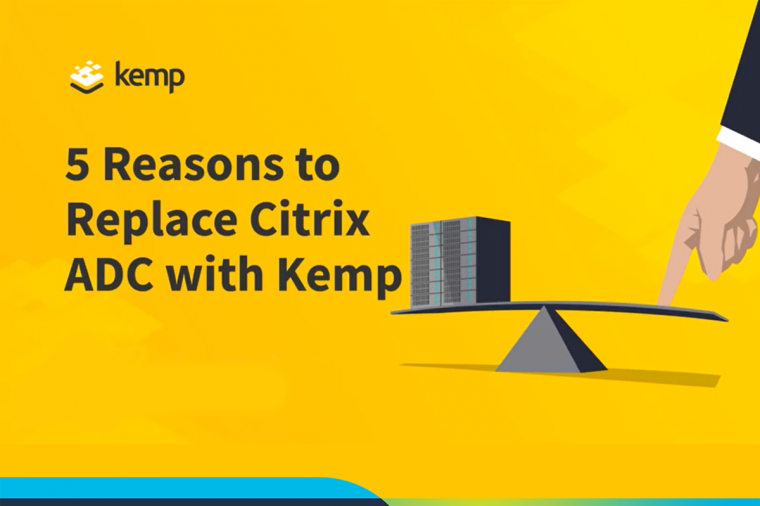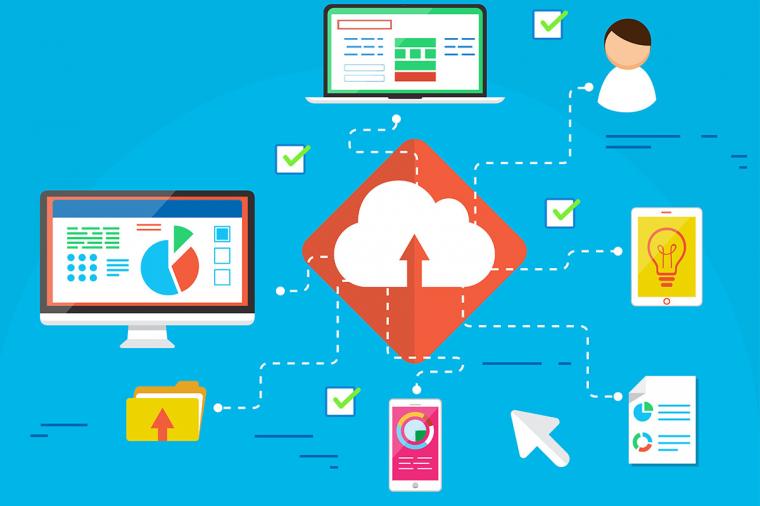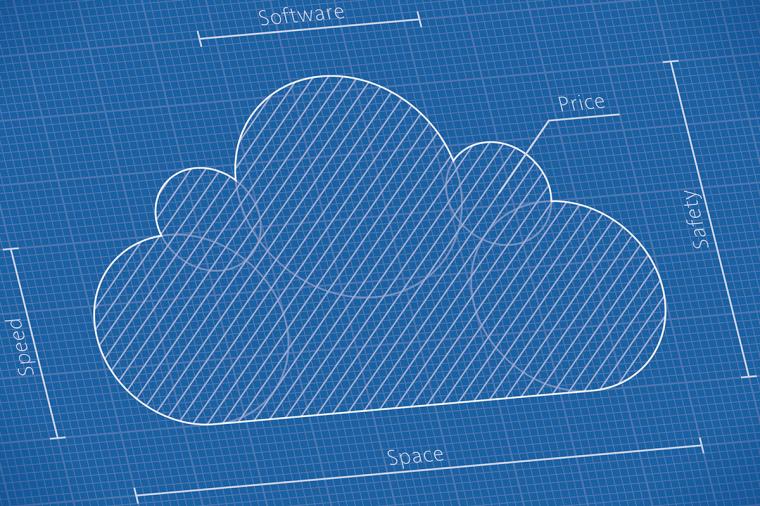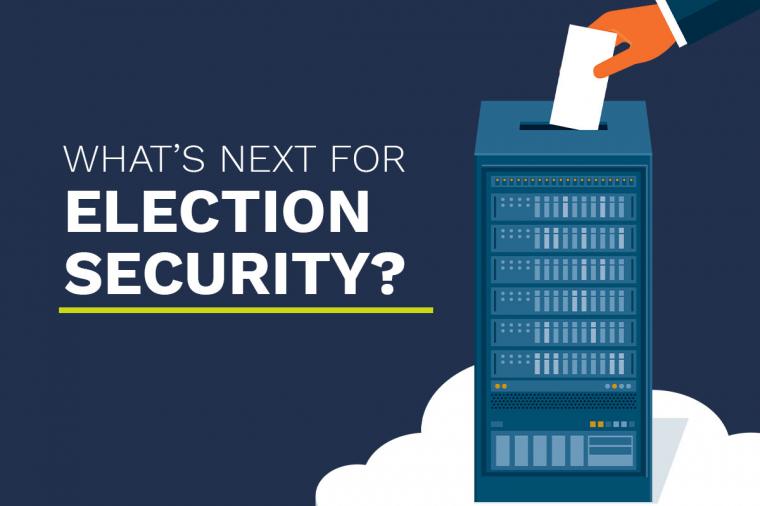Six Requisites for Government IT Transformation
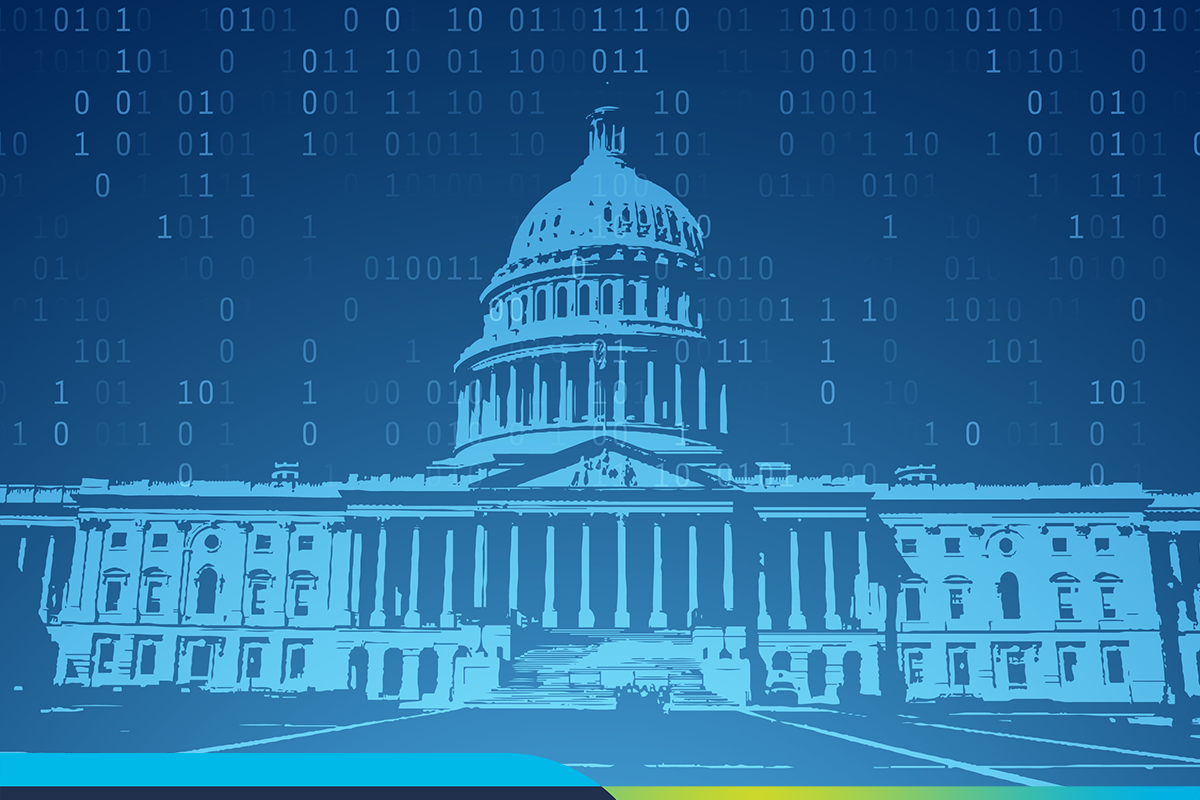
Article originally posted by TDS here.
In the last year, thanks to the pandemic, disruption has been the main driver of change in IT. And enterprise organizations have put increased pressure on their IT leaders more than ever before.
Between meeting the real-world demands of a remote workforce that essentially appeared overnight and ensuring that the proper technology and solutions are in place to keep operations and services running smoothly, the need for an innovation approach that will accelerate transformation is ever more real.
For the state and federal government sector in particular, the pressure to modernize has escalated. At the start of COVID-19, many state unemployment insurance systems met their match when the tsunami of claims crashed their legacy systems.
In the state of Vermont, for example, the problem was significant, thanks to an outdated computer system. Hundreds of Vermonters have been told they must repay unemployment benefits that the state thinks they received in error. But, of the 100,000 people who filed for unemployment last year, the state has no idea how many of those people it told to pay it back. Nor can the state say how much money is at stake, or how many overpayments it has waived. That’s because the labor department has never tracked that information and says it does not have the staffing nor technological resources to do so.
The good news
While there are several modernization options to choose from and certainly there’s no one-size-fits all solution, by leveraging IT experts and specialized tools to migrate, government agencies do have a way forward. But should evaluate and source solutions which enable the following:
1. The ability to see the right data for the project
Too often, data analysis can paralyze teams. It’s too hard to sort through and know what’s relevant for the project at hand. You can ingest automated file imports or direct API access only for the key data points needed from a variety of tools including CMDBs, DCIMs, as well as files and homegrown databases. Data is aggregated, deduped, normalized and then consolidated into an internal repository which can be accessed by any stakeholder.
2. A single pane of glass
It’s critical to see your entire IT landscape with a focus on visual representation. Using an interactive map, project teams can easily identify devices, infrastructure and applications and their critical inter-dependencies, and access key properties for every application, server, database, and other device.
3. A more efficient way to collaborate and make decisions
When teams share access to the same data, better decisions are made and trust is developed across organizational silos. It’s particularly effective if you can incorporate and tag critical agency, compliance, and security requirements with each asset.
4. The ability to intelligently group assets and plan migration events
Visually identify apps that meet business requirements and create groups of apps to move together. Easily see dependencies and take them into account during a migration so other systems are not brought down.
5. Smart ways to use automation
Dynamically create runbooks that sequence the precise order in which both human and automated tasks are executed, eliminating the risk of unplanned outages.
6. The ability to manage people and tasks — in real time
Track tasks at the individual, team, and project level. Each team member is able to access tasks in a queue, and only when the tasks preceding it have been completed. A color-coded, interactive task graph tracks multiple workflows to track progress and prevent bottlenecks.
Let’s look at how we helped one state to get their major IT transition completed quickly and without disruption:
We recently worked with one large state IT team to implement a modernization project that would protect all of the state’s digital assets and deliver sustained services even if faced with natural or cyber disasters. For decades, state data had been stored on tapes in one central location, and the data backup process was flawed. If a disaster were to occur, especially in addition to the pandemic, it would have taken weeks, possibly even months, to get state services back online. The project required that massive amounts of data be transitioned to a central location; it mandated that all devices would need to be migrated with no downtime.
Working with the state and its diverse agencies, and leveraging the power of the TransitionManager platform, we were able to help the state transition a complex array of digital assets to more than 5,000 servers, each one with its own unique data. They established a backup process with continuous live replication between two physical locations and cloud services. And the entire project was finished in less than 6 months.
A key driver of the project’s success was the ability to leverage the software to fully integrate the people, processes and tools required for digital transformation into a common platform to manage ongoing innovation and modernization.
A key driver of the project’s success was the ability to leverage the software to fully integrate the people, processes and tools required for digital transformation into a common platform to manage ongoing innovation and modernization. https://ctt.ec/67bb7+ #ittransformation
The team was able to shift from the legacy way of working by accessing a centralized platform and a holistic, 360-degree view of all critical business facts, operational process, as well as the technical, architectural, operational elements required to ensure achievement of the defined organizational goals and enable efficient management and monitoring of transformation tasks.
In summary, the public sector has lagged behind when it comes to innovation, but in today’s challenging landscape, pushing off app modernization, digital transformation and security enhancements will only end in failure for many agencies, and negatively impact their constituents. If agencies expect to realize immediate and future success, the time to act is now – and the good news is that there are IT leaders who have been down this road and are ready to help.
About TransitionManager:
TransitionManager (TM) is TDS’s flagship software platform that enables enterprises of all sizes to break down these traditional barriers that plague digital transformations. TM was built on the foundation of over 18 years of digital transformation experience to provide enterprises a scalable software solution that automates the application roadmapping process and enables long-term, continuous digital transformation management.
TDS practitioners built our TransitionManager platform to address the barriers that both commercial and government IT leaders face when trying to make decisions and move forward with key IT projects.



